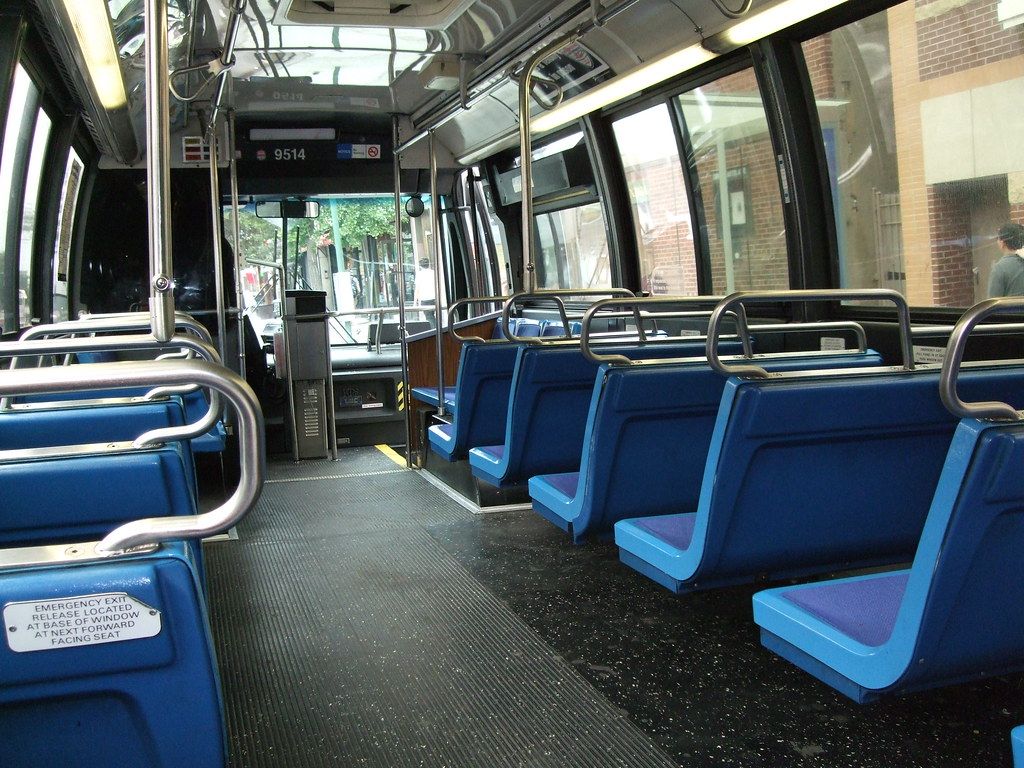B36 Service To Be Slashed 17 Percent On Saturdays

THE COMMUTE: MTA’s New York City Transit Committee presented a wide range of bus service adjustments across the City to take effect next April. Although these are nowhere as significant as last June 27’s service reductions, and do not require any public hearings, they should not be ignored. They are what the MTA calls routine service adjustments to reflect demand, made four times a year.
Sounds good, because before these were instituted in the 1980s, the MTA had no handle on bus ridership at all other than during rush hours. Schedules often had no relationship to the numbers of riders using a particular route during a certain time of day.
At least today, the situation is better. What is troublesome, however, is that most of these “adjustments” are really service reductions.
The NY Post reported that these adjustments will save the MTA $300,000 annually, which is incorrect. It will actually cost them about that much in additional operating costs. The problem is that the savings from the bus cuts across the City will go toward one specific population: providing two additional trips on the J train.
The MTA has long favored subways over buses because they claim that a higher percentage of the fare is recovered by subways which asks the question, how do they know this and which costs are they including? After all, the subways have an infrastructure that must be maintained, much less so for the buses because street maintenance comes under the jurisdiction of NYC DOT, not the MTA. Have they ever reduced subway service to provide additional bus service? Not to my knowledge.
Locally, according to the Post, the B36 will suffer the greatest cut, a 17 percent reduction in service. Present 12-minute service will be reduced to 15 minutes and 15-minute service will be reduced to 20 minutes. Of course when two buses run together, service would actually often vary from every 30 minutes to every 40 minutes. This just increases the demand for car service in the area, which is already high. Once these riders stop using MTA buses, the MTA no longer counts them, fueling future service reductions.
One would think that with the elimination of some weekday and all weekend service on the B4 in Sheepshead Bay last June, ridership on the B36 would have increased. After all, in its report prior to the major cuts last June, the MTA cited the B36 as the alternate route to use when the B4 would be eliminated. Or did the placing of both routes along Avenue Z cause B36 ridership to decrease? Still yet, a third possibility is an arithmetic or logical error in the processing of the data making it appear that B36 ridership declined when in fact it did not.
We do not know the answer because Operations Planning makes its decisions in secret. Service changes are supposed to be made according to Service Planning Guidelines, but try and find these guidelines on the MTA website, http://mta.info/. I was not able to.
More on Monday…
The Commute is a weekly feature highlighting news and information about the city’s mass transit system. It is written by Allan Rosen, a Manhattan Beach resident and former Director of MTA/NYC Transit Bus Planning (1981).



